Tasks Due Today
- Scheduled Meetings
- Signs and Meaning in Communication Design
- Models of Communication
- Assignment: Reading Response 3
- Week 3 Agenda Checklist
This Week’s Topics
- Checkin & Share
- Feedback
- Manifestos, Movements, and the Avant-Garde
- Discussion: Manifestos
- Research Journal > Research Paper + Research Project
- Assignment: Reading Response 4
- Week 4 Agenda Checklist
At the end of this session, students should have an understanding of the following:
- Overview of Futurist and Constructivist manifestos and movements and their influence on the field of design.
- Expectations for the Research Journal, the first paper, and the research project
- The guidelines and the due date for Reading Response 4.
Check-In & Share
Meetings
If you haven’t yet, please sign up for a remote meeting next week. If you are not available during the meeting slots, please contact me to find another time.
- Monday 1pm-4pm
- Tuesday 10am-12pm
- Wednesday 7pm-9pm
Use the Zoom Link to join the meeting.
Feedback
Feedback for the second week's assignments has been posted. You may have been asked to revise your reading response. Check the post to see the private post comment and some inline comments via Hypothesis. If you have any questions or concerns, please contact me.
Activities
Below find the information covered in this session. Complete all of the following activities, videos, and assignments.
1. Manifestos, Movements, and the Avant-Garde (45 min)
In our third reading, we looked at Manifestos from Italian Futurists and Russian Constructivists. These two movements have left an indelible mark on the lineage of our communication design field by influencing other movements at the time and afterward. The work of these artists/designers can still feel relevant today. Their radical ideologies and the political turmoil and societal shifts they experienced are mirrored in our lives today, abet with a different set of challenges. While we may not share many of the beliefs and ideologies that initially inspired these artists/designers, the distinct graphic style (clear lines, abstracted shapes, bold palettes, and photomontages) have become part of our visual vocabulary.
As we take a deeper look into these two movements, consider the politics, technology, social challenges of the time, and the urgency and passion from which these movements grew. Here is a collection of images from this time period. Think back to our previous review of universality, authorship, and social/political engagement. And more recently, signs, meaning, and models of communication.
What are your observations?
The Futurism Movement and Manifesto
Marinetti, along with a group of young Italian artists, declared their ambitions in opposition to the traditional values dominating Italian art and culture of the time and focused on the dynamism, speed, energy, and power of the machine and the vitality, change, and restlessness of modern life.
Key ideas:
- Motion, movement, technology, speed, dynamism, unification of culture, industrialization, war, violence, machismo, extreme, destruction of the past, revolution.
- Political leanings, initially fascism, anti-feminist, anti-democratic, glorification of war, but years later rejected those ideas to focus more on technological advancement, specifically aviation.
- Here is the full manifesto.
Watch the three videos below to learn more about the key ideas that define Futurism and the lasting visual elements that resulted. Does anything in the visual or ideological aspects of this movement inspire or repulse you? Why?
Please login to LinkedIn Learning with your Public Library Card (see Week 2) and watch European Avant-Garde in the Course: Learning Graphic Design History. Complete the ungraded quizzes to test your knowledge.
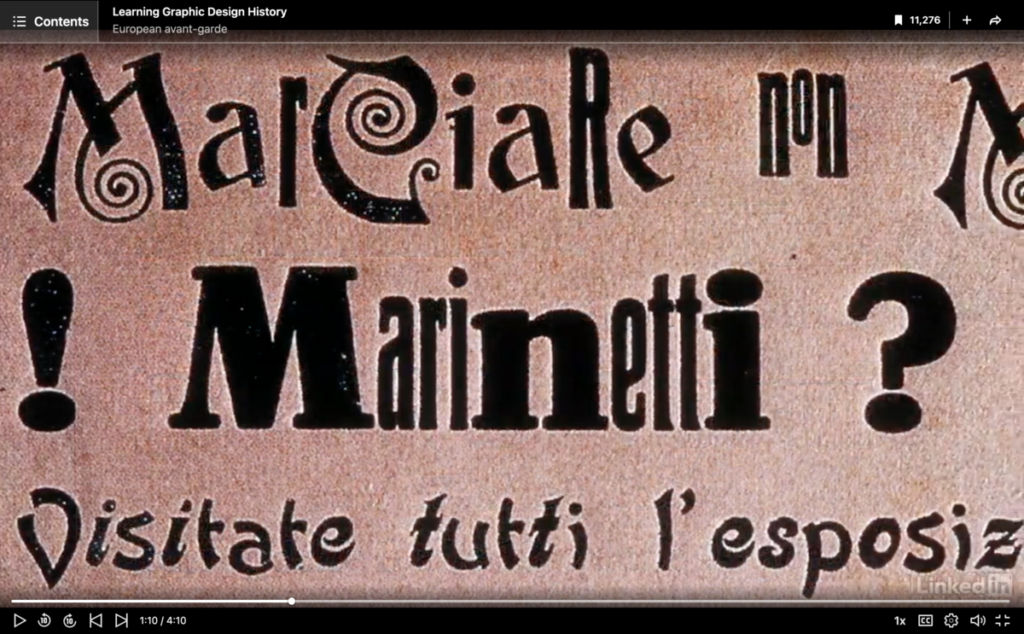
If you have trouble accessing the LinkedIn Learning Course above, you can find it below, but the quality isn’t very good, and you won’t be able to access the quizzes.
NOTE: In the following video, watch from 29:38 to 31:33
Constructivism Movement & Manifestos
The Russian Revolution of 1917 offered hope for a new society in which workers would replace the aristocracy as the ruling class. The Constructivists, led by Aleksandr Rodchenko and , envisioned a new form of art that would replace traditional painting and sculpture with new forms of mass-produced graphics and engineered objects for the common citizen. El Lissitsky, another Russian Constructivist who helped to bring the ideas out to other areas of Europe and the world.
Key Ideas:
- Geometry, clear lines, abstracted shapes, photomontage, san serif fonts, bold primary palettes
- Rejected decorative stylization in favor of the industrial assemblage of materials.
- Applied these ideals to architecture, urban space, clothing, theatre, graphics, and social activism.
- Political leanings, initially Communism, artists/designers later emigrated to the USA.
Please login to LinkedIn Learning with your Public Library Card (see Week 2) and watch The Soviet Revolution in the Course: Learning Graphic Design History. Complete the ungraded quizzes to test your knowledge.
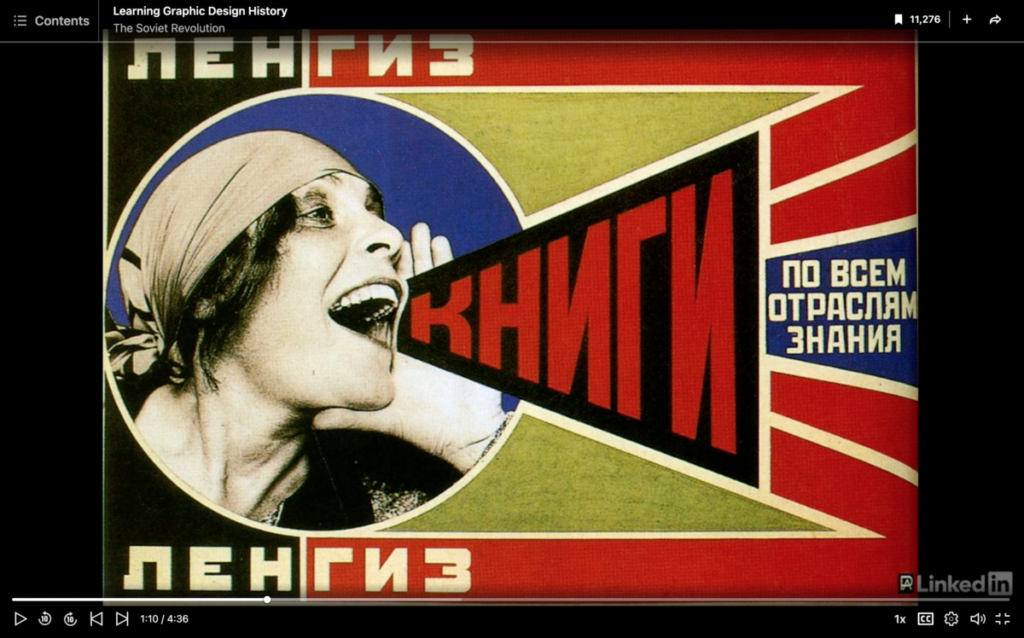
If you have trouble accessing the LinkedIn Learning Course above, you can find it below, but the quality isn’t very good, and you won’t be able to access the quizzes.
NOTE: In the video below, watch from 24:42 to 29:19
Influence on Contemporary Design
Futurism, Constructivism, and the early avant-garde in general, as we shall continue to explore, had a profound impact on the evolution of graphic design, advertising, fashion, industrial design, architecture, theater, and more. Born from the political and societal influences of the time, we can see how the concepts of universality, authorship, and social responsibility are present in manifestos we've read and, most importantly, why!
The graphic styles and visual vocabulary from these two movements still linger in the design we see today.
Take 10 minutes and find an example of contemporary design that references the Constructivist or Futurist movements. Use the Course Resources to find an example.
As we explore the next step in our design lineage in writings from the Bauhaus, see if you can find the influences from the Futurist and Constructivist movements.
Check out How the Imagery of the Russian Revolution Married Ideology, Politics + Progressive Graphic Design by Emily Gosling, Eye on Design. May 1st, 2017
2. Discussion: Manifestos! (1 hour)
The following Discussion post contains prompts to consider in response to the readings and videos on Futurism and Constructivist Manifestos.
The objective of this discussion is to compose your Design Manifesto in the style of early Avant-Garde artists and designers. This exercise will also help you to start thinking about your research project.
Add your manifesto in a comment in this Discussion post by Wednesday evening. If you prefer to create visual or video of your Manifesto, you can link to a URL.
Using a nested comment, comment on at least one of your colleagues' Manifestos.
3. Research Journal + Research Project (1 hour)
If you haven't been actively contributing to your Research Journal each week, now is the time to really engage. Your Research Journal is a low stakes, relaxed place for documenting and critically reflecting on your influences, history, culture, likes, and dislikes. Here you can collect ideas, freewriting, images, links, videos, and other media to help you develop your ideas and formulate your research topics.
Research Project & Presentation Prep
The initial outline for your Research Project will be due Week 7. We will be going over the details next week, but start thinking and really formulating some ideas in your Research Journal this week.
You don't have to lock yourself into a topic yet, but your should by now have started to define your aesthetic and theoretical interests based on the ideas we discussed so far. If nothing has piqued your interest yet, ask you self "What do I feel passionate about?" "What do I love to talk about?" "What graphic style, design movement, decade, or typeface is my favorite?" "What makes me feel angry, sad, depressed?" "If I could be doing anything right now, what would it be?" "How could I use my skills as a designer to change the world?"
4. Assignment: Reading Response 4 (2+ Hours)
Follow the assignment guidelines and prompts: Reading Response 4 - DUE Wednesday before the next class.
For our next reading assignment, we will be reading and annotating two texts written by architect-designer-artists affiliated with or influenced by the Bauhaus. And one contemporary essay about the influence of Bauhaus designers.
- Madeleine Morley; Master László Moholy-Nagy Saw Photoshop Coming, 90 Years Ahead of Time (2019), AIGA Eye on Design
- László Moholy-Nagy; Typophoto (1925): found in our main text Graphic Design Theory: Readings From the Field by Helen Armstrong on pages 32-34.
- Jan Tschichold, “The Principles of the New Typography” 1928: found in our main text Graphic Design Theory: Readings From the Field by Helen Armstrong on pages 35-38.
Read and annotate these texts with your classmates in our Hypothesis group. As before, after annotating the text, create a rough draft of your response in your Research Journal. Your response should be about 200 words and checked for spelling and grammar errors. Publish your finished response on the class site, using the guidelines provided.
Resources
- Assignment: Reading Response 4
- Discussion Week 4: Manifestos!
- Using Hypothesis
- Research Journal
- Reading Response (Example) post
- Grammarly
Week 4 Agenda Checklist
Below are all of the tasks, big and small, for this week. The due date is Wednesday, 11:59 pm before our next Thursday class. Timely completion of these tasks will contribute to your success in this course.
If you have any questions, don't hesitate to reach out.
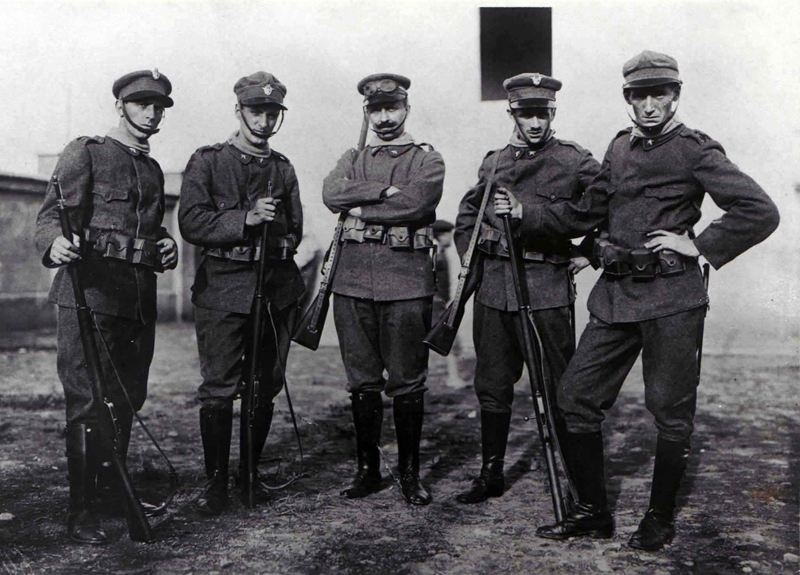
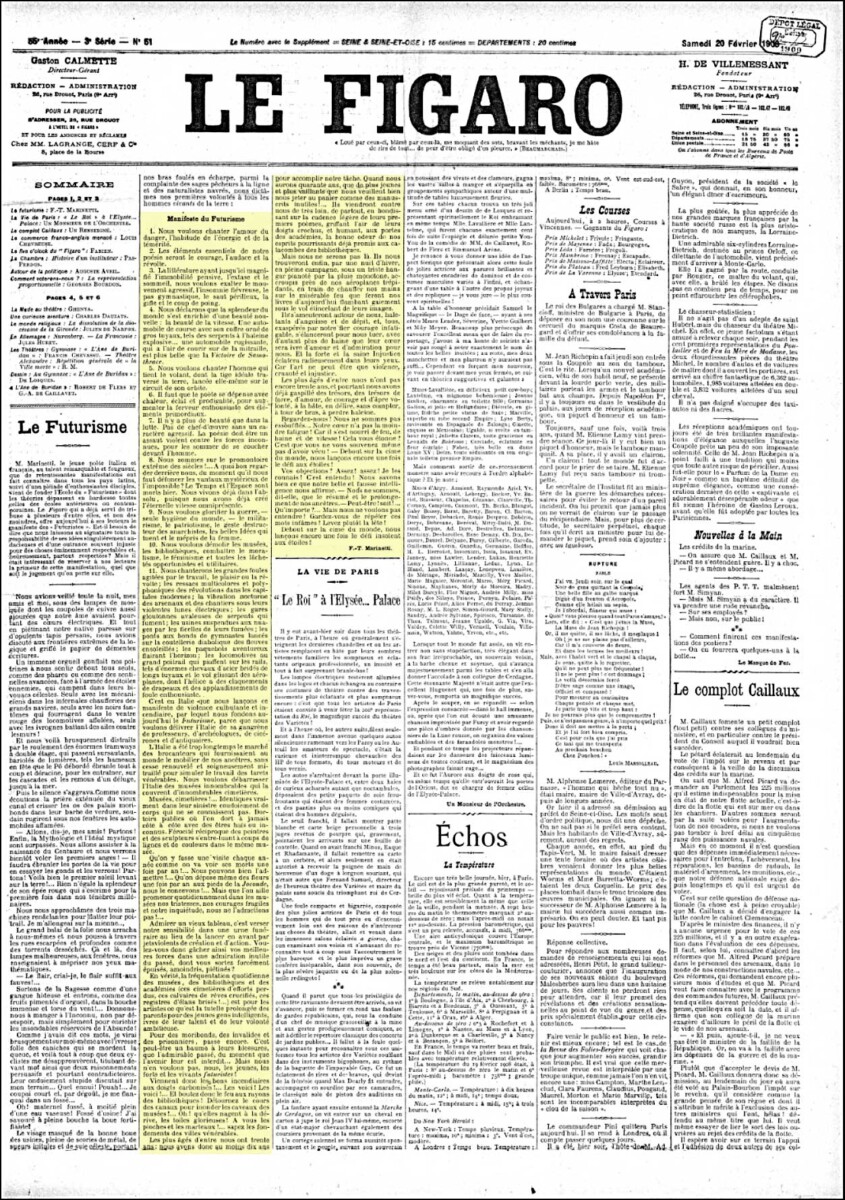
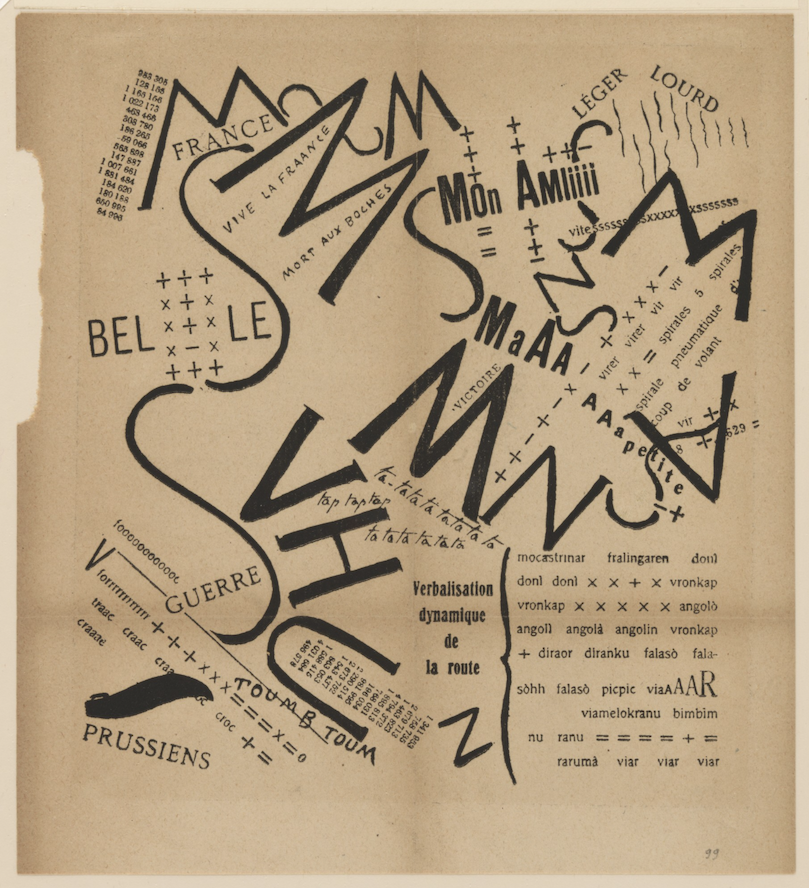



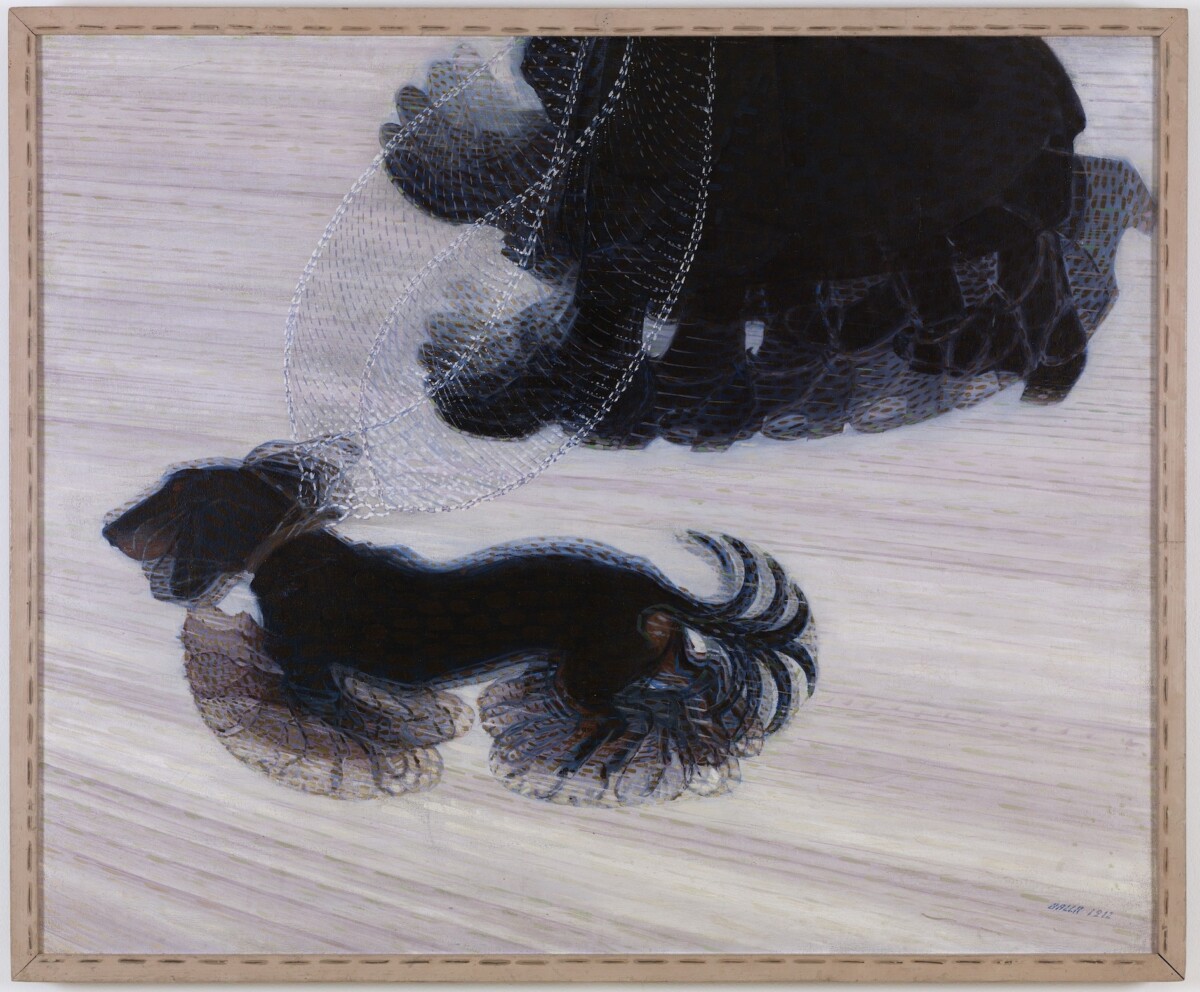


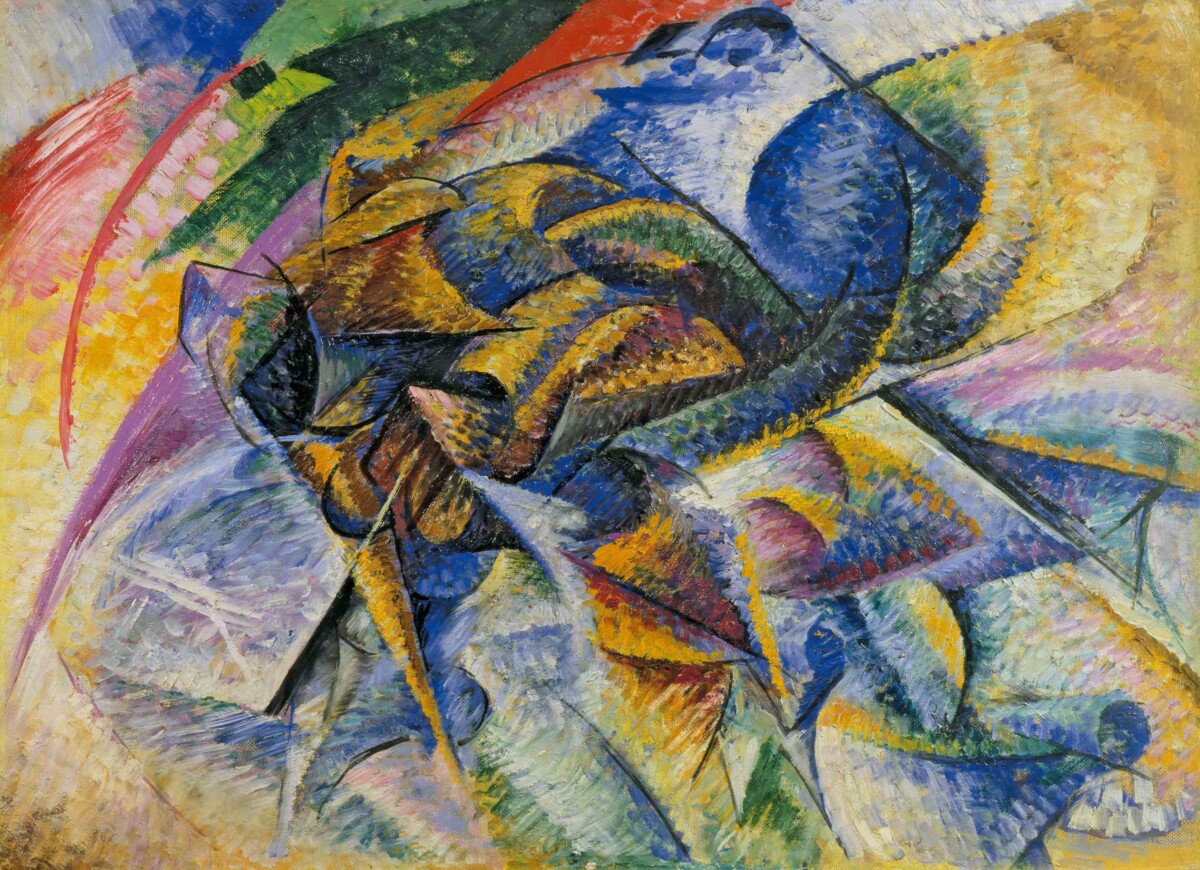
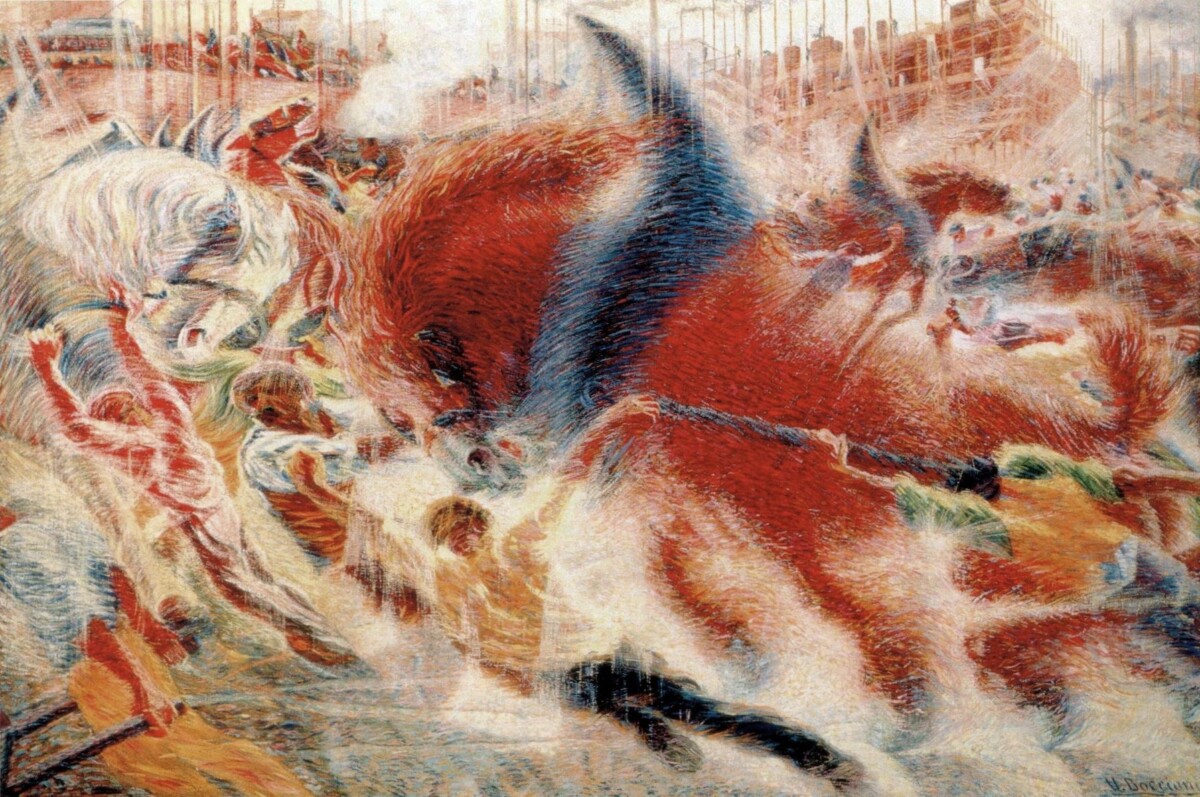
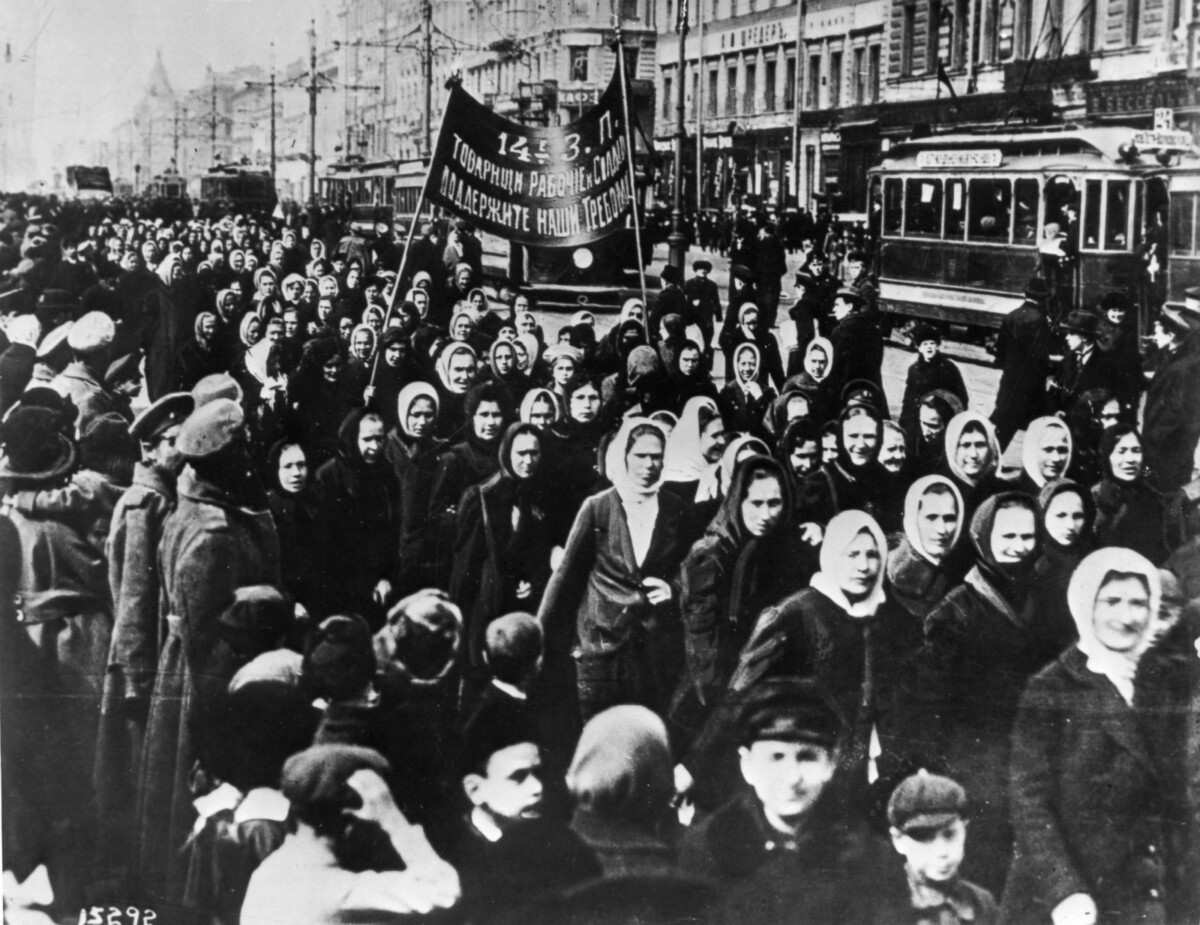
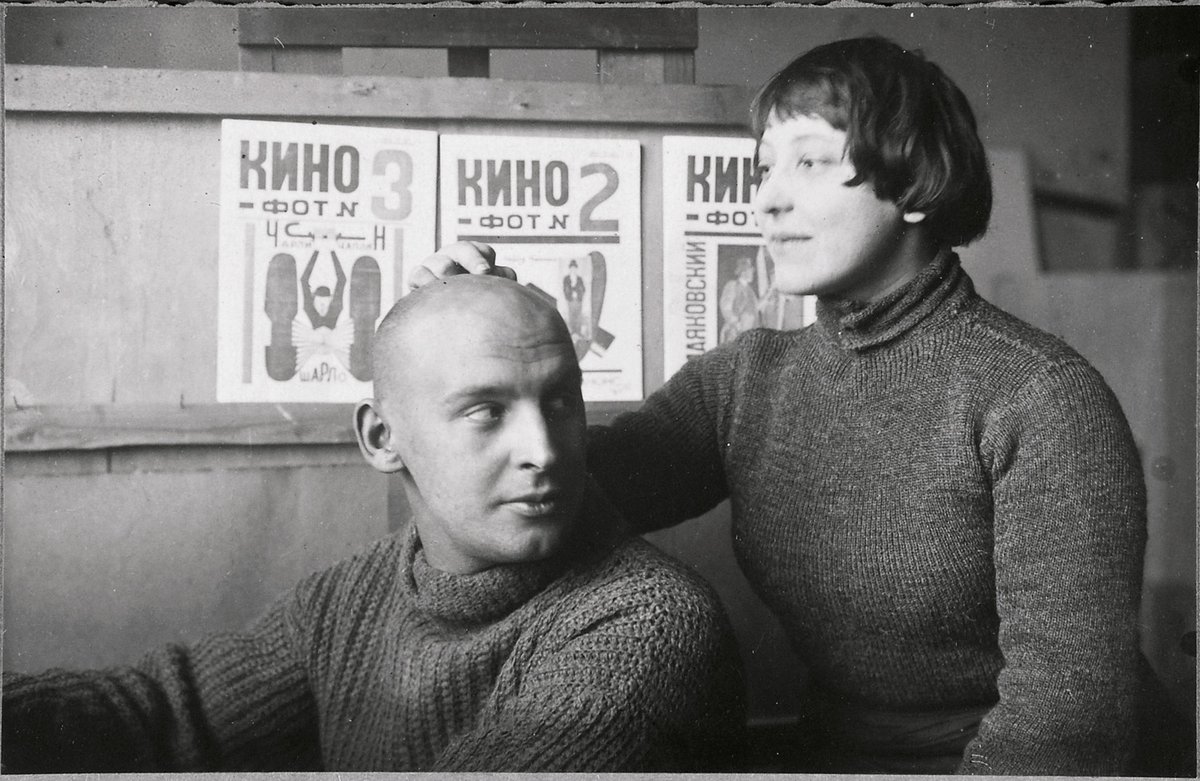
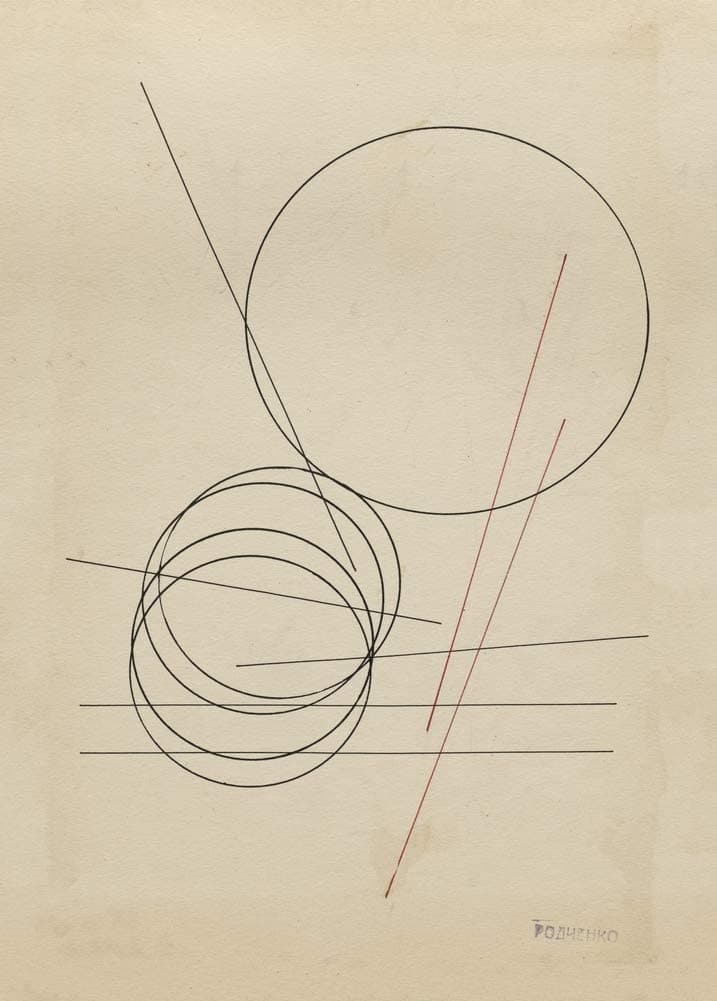
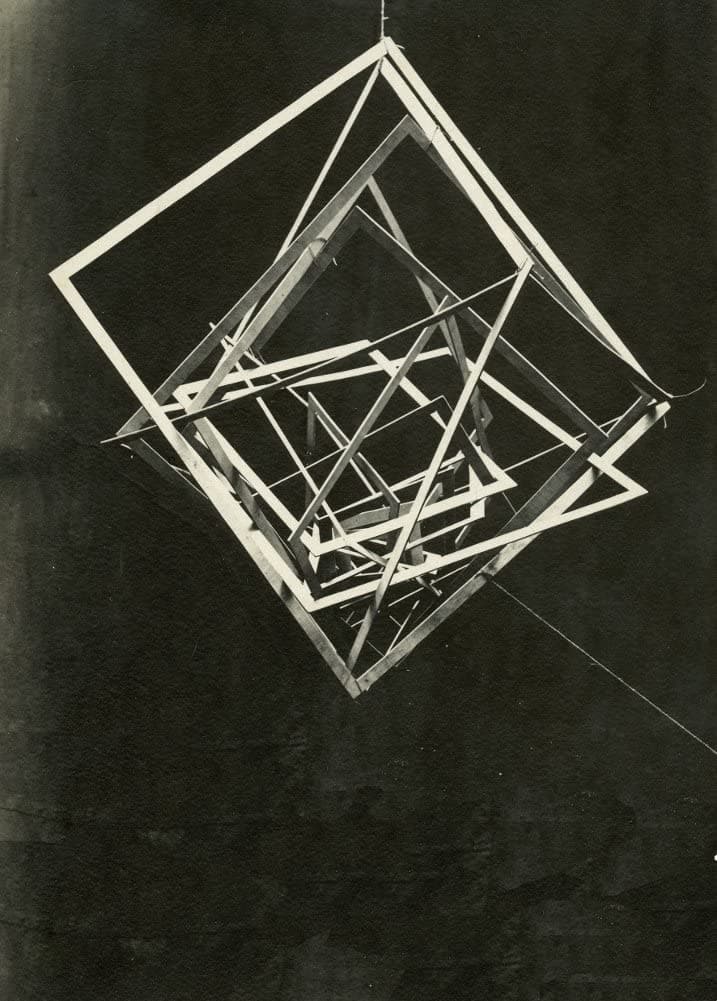
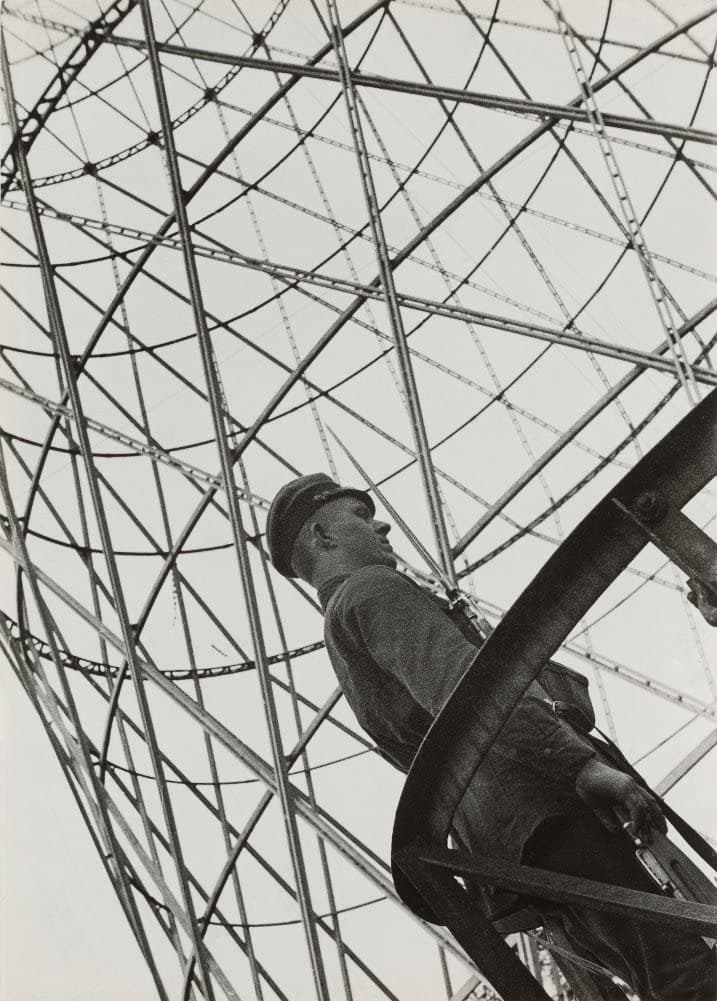
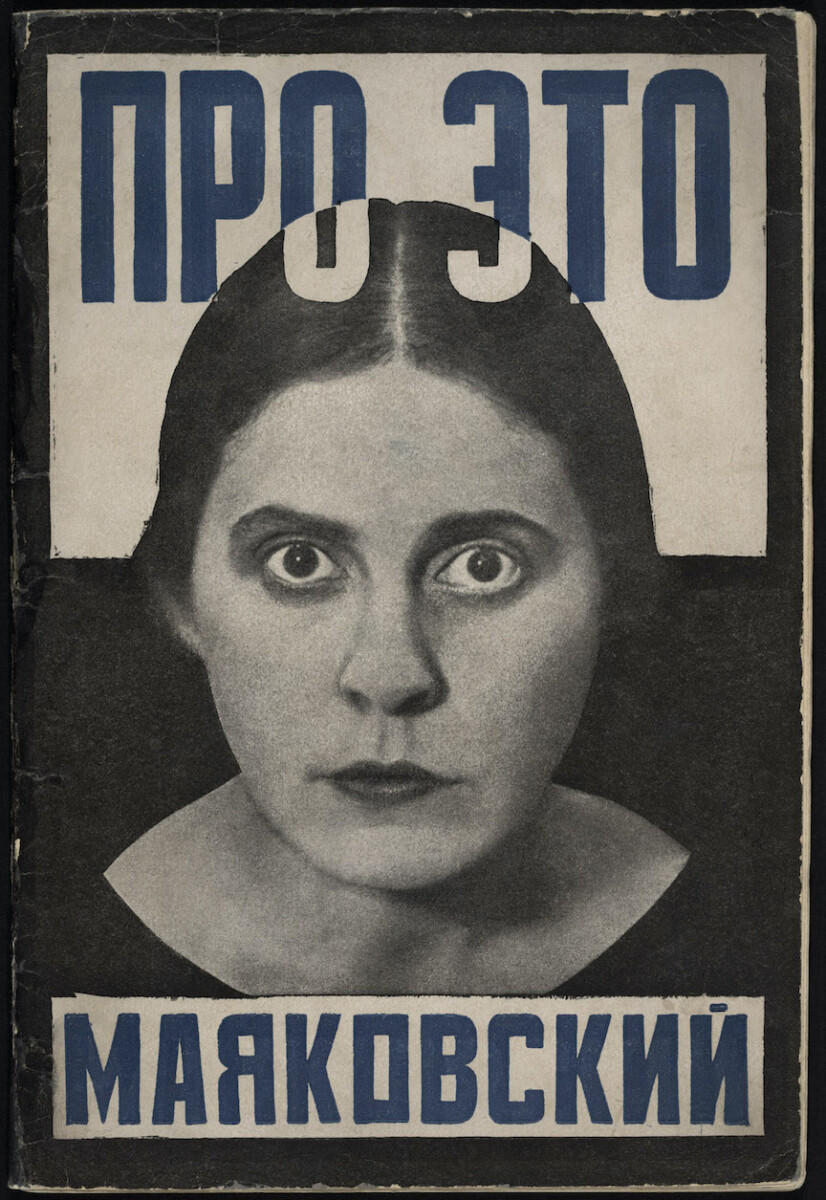
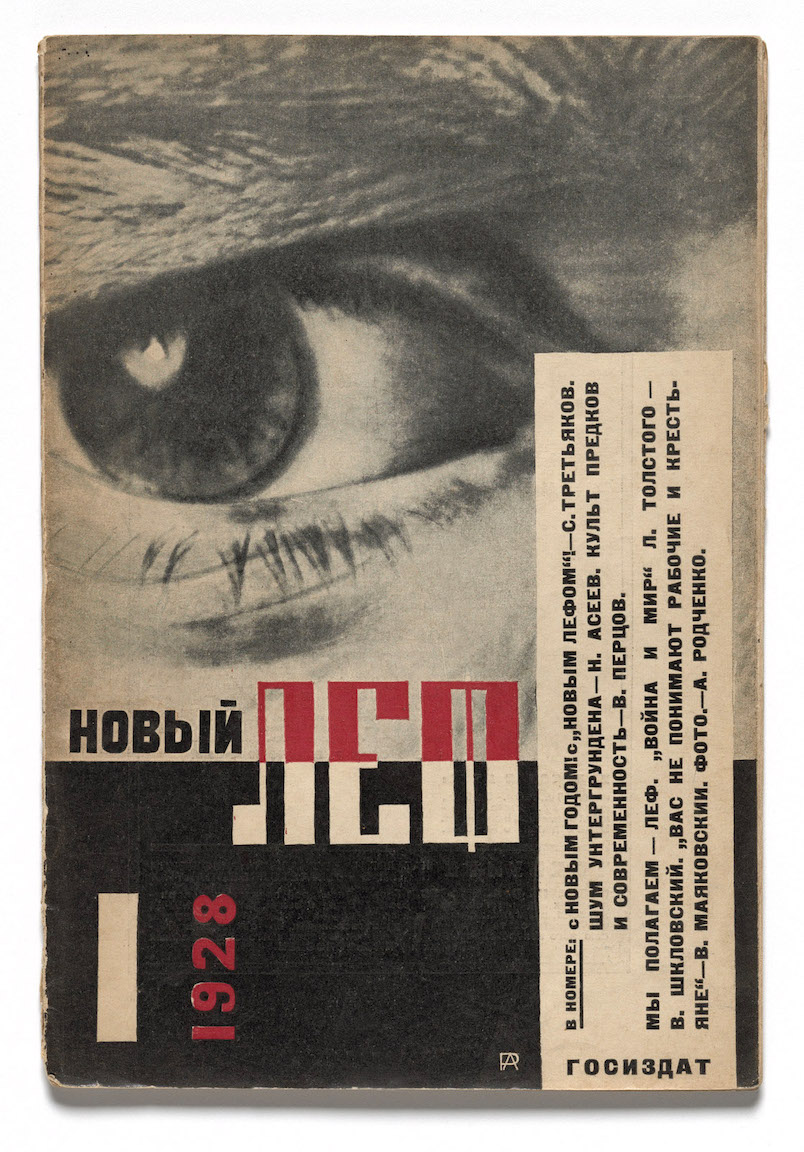
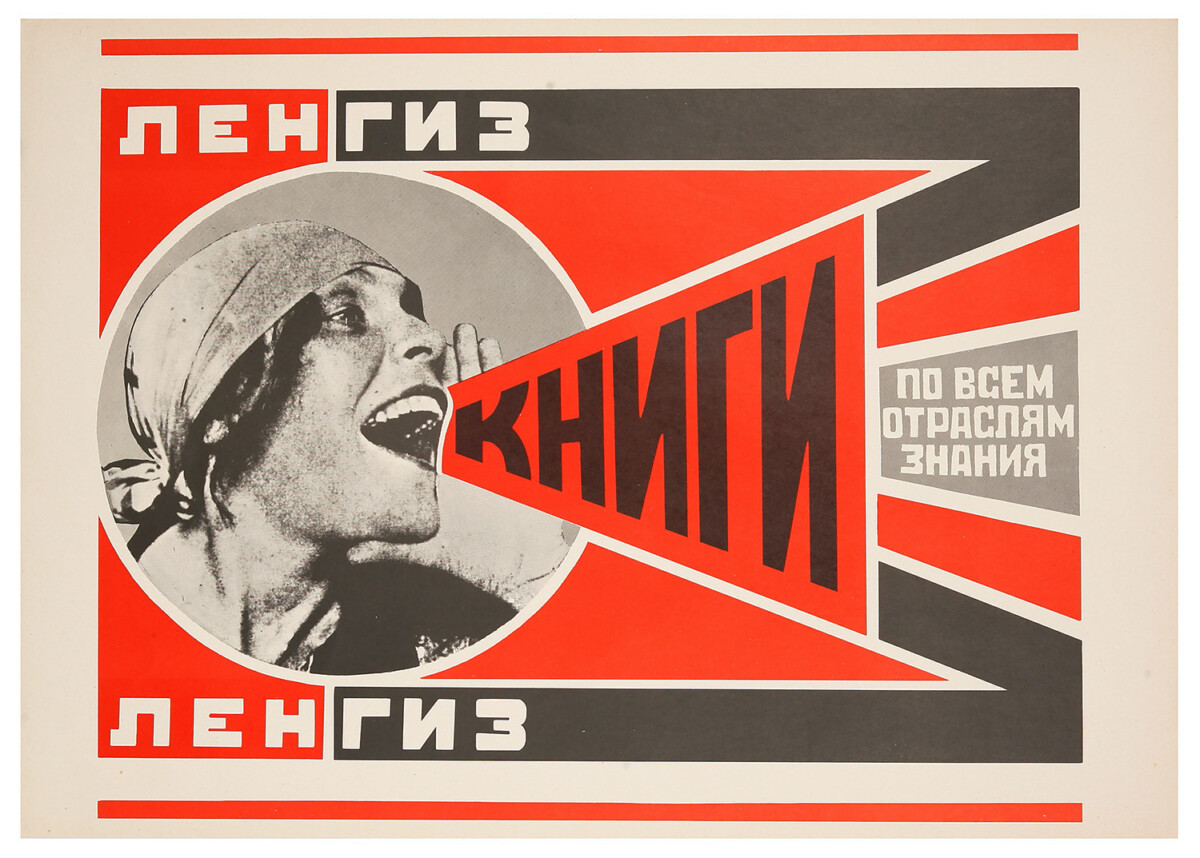
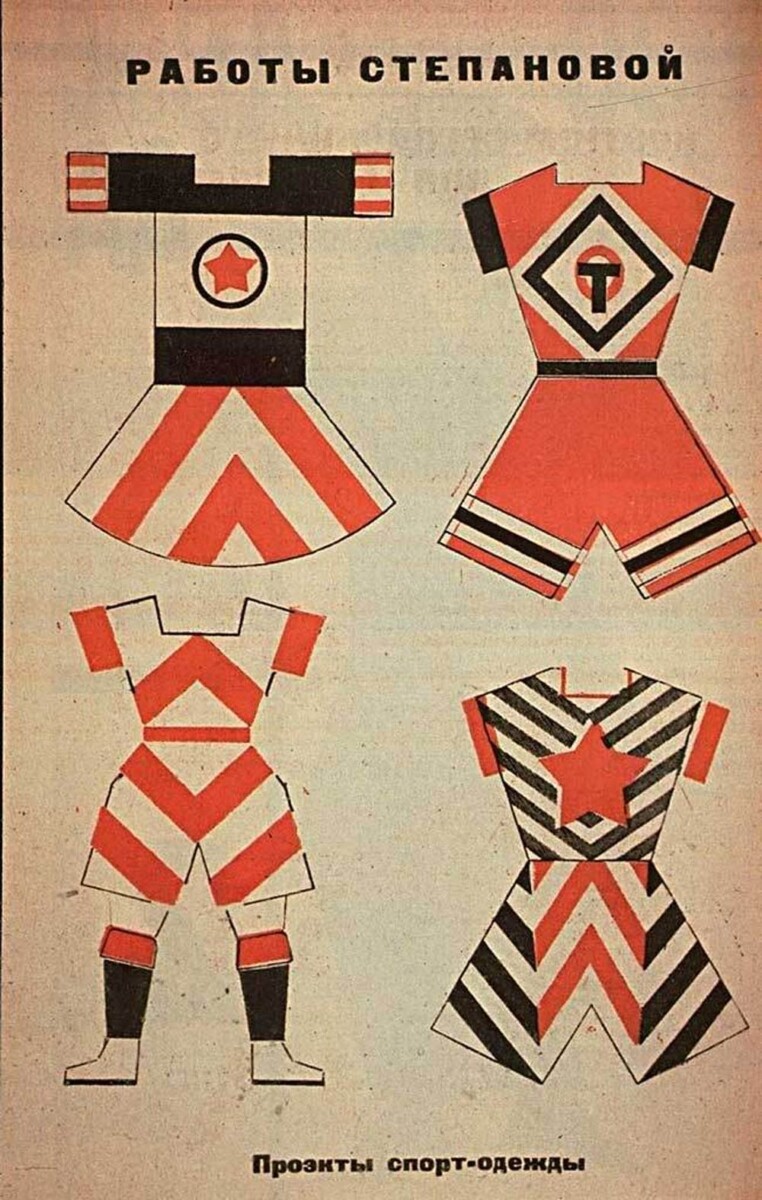
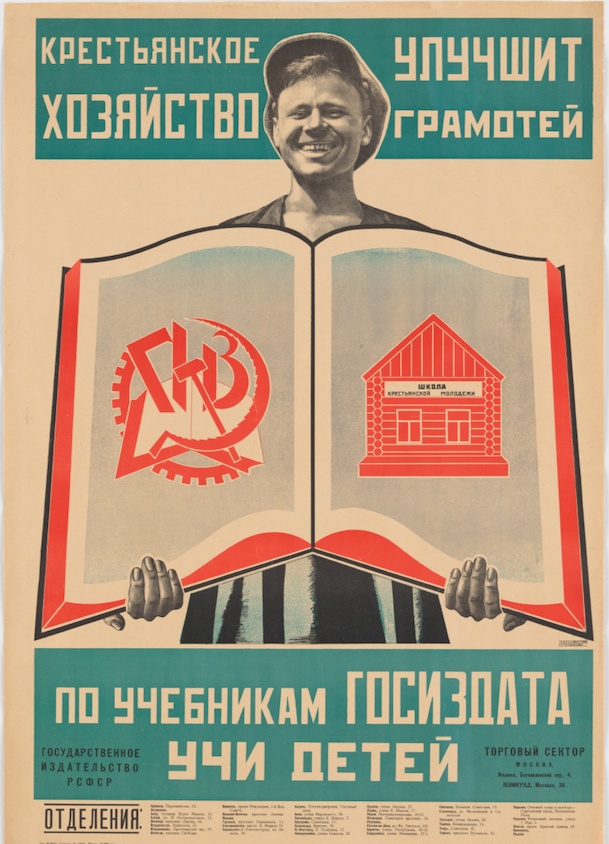
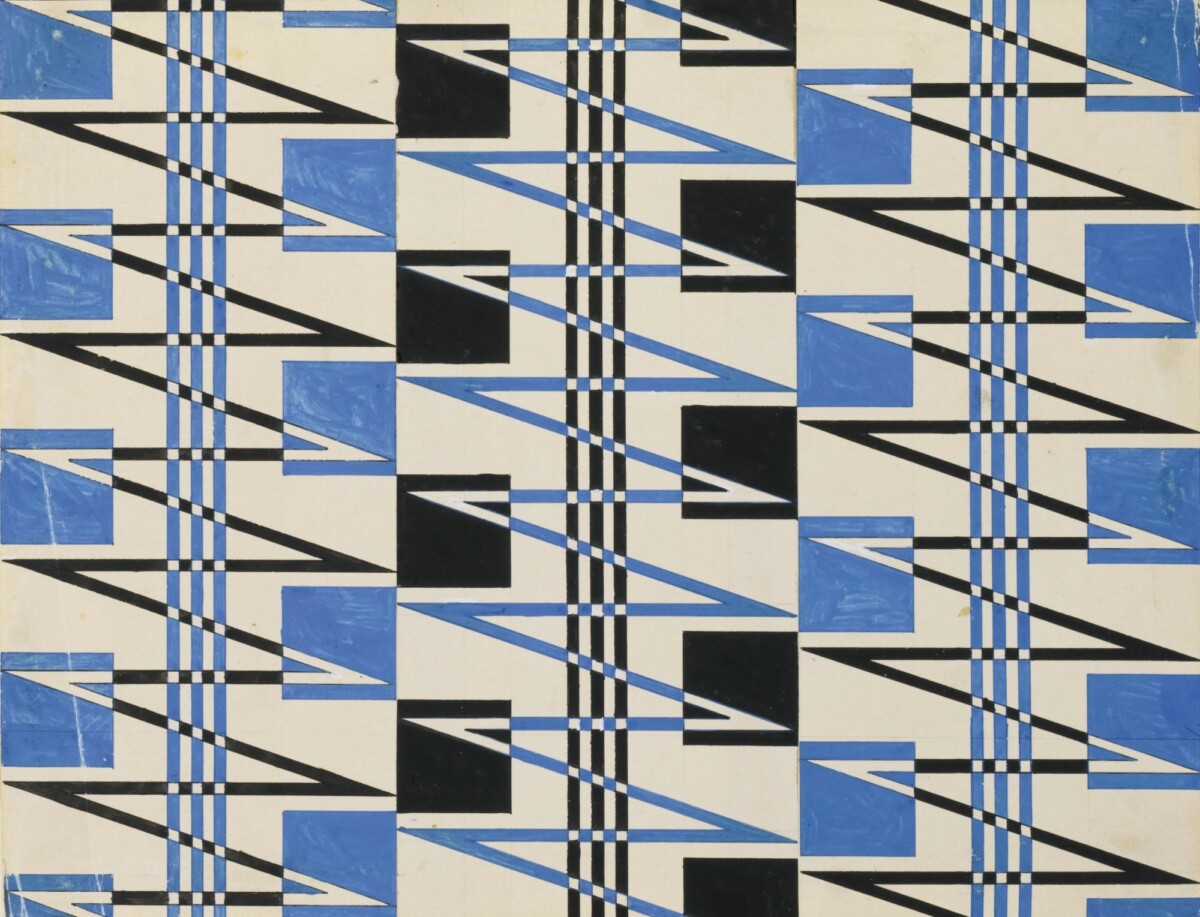

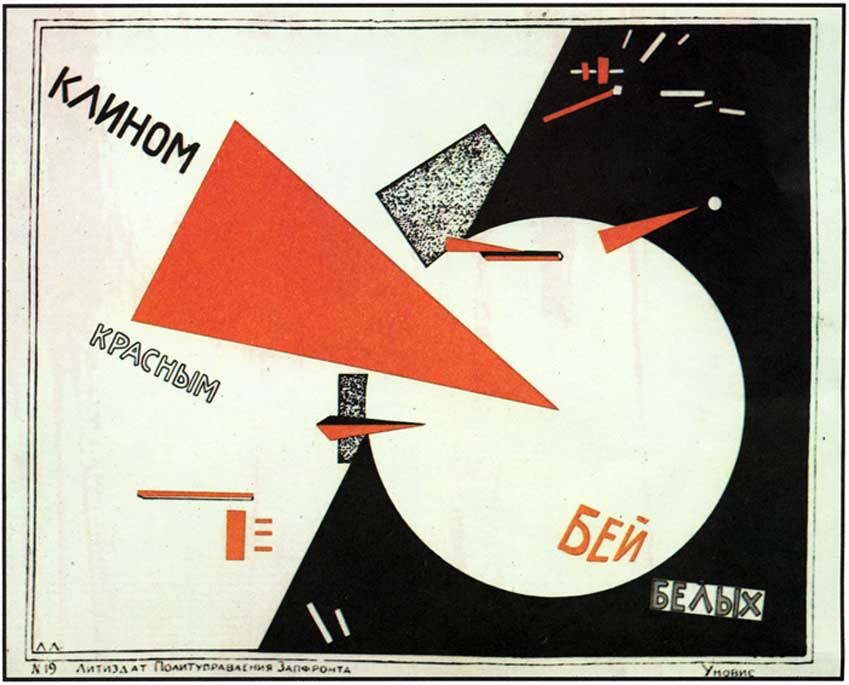
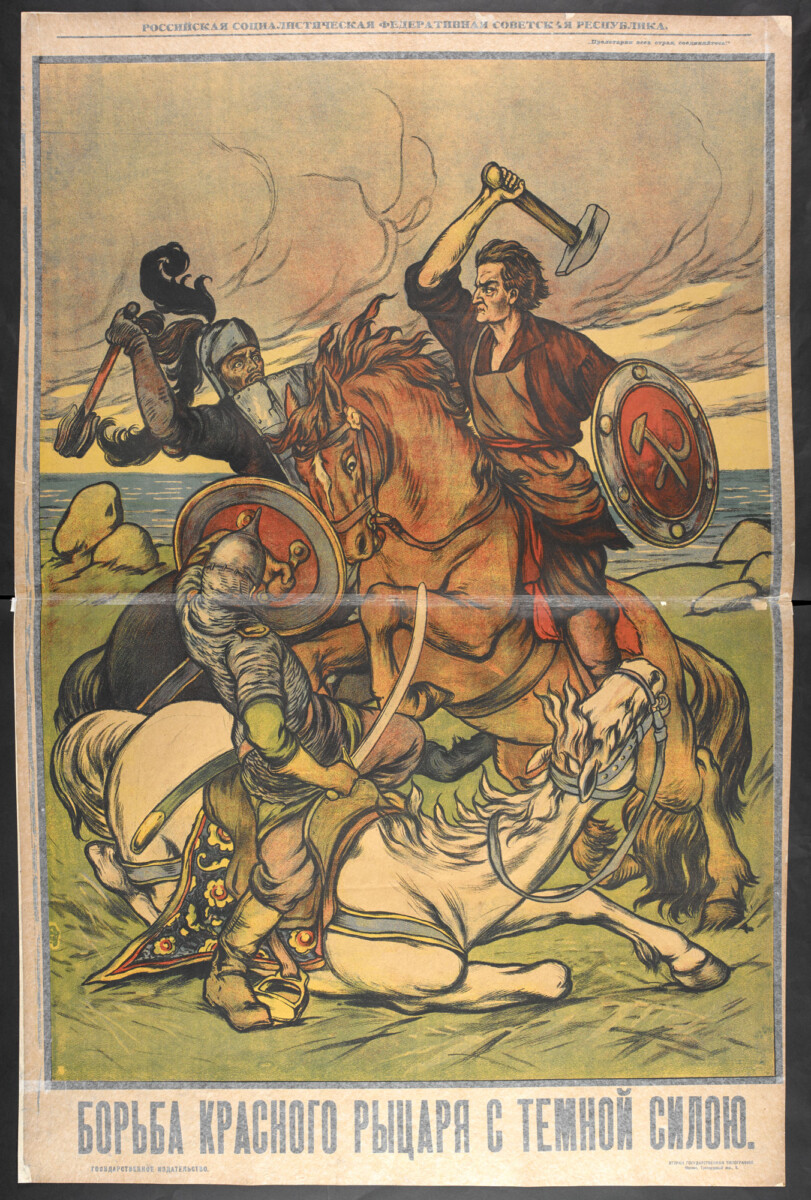
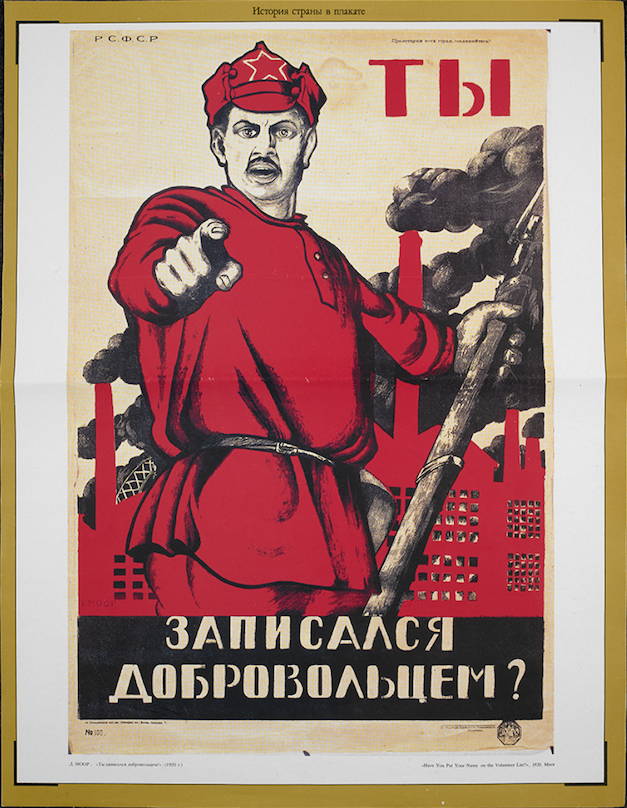
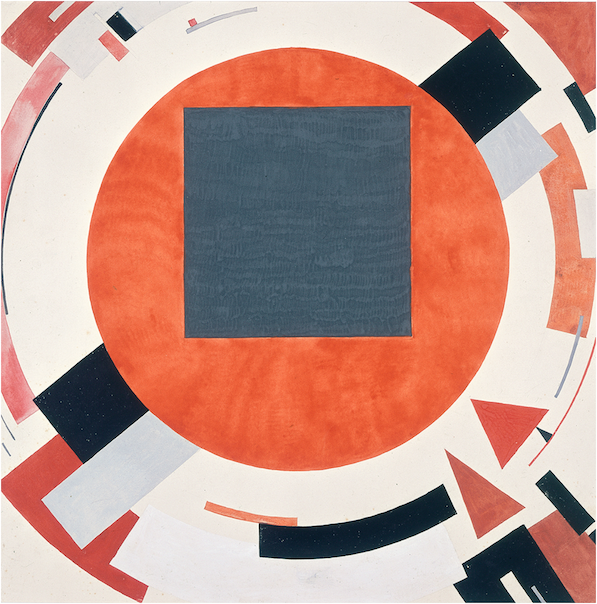
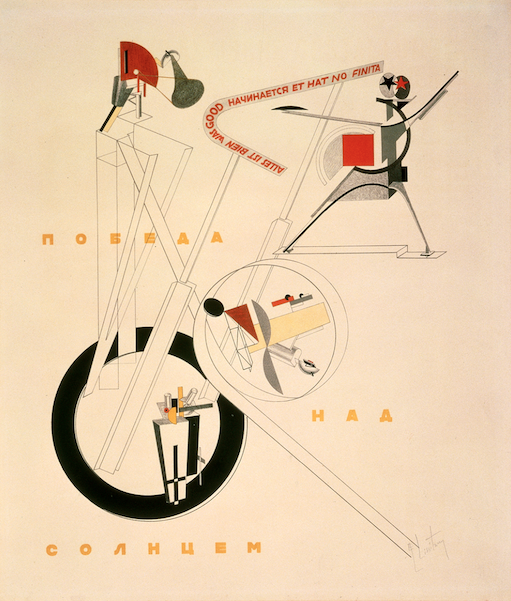

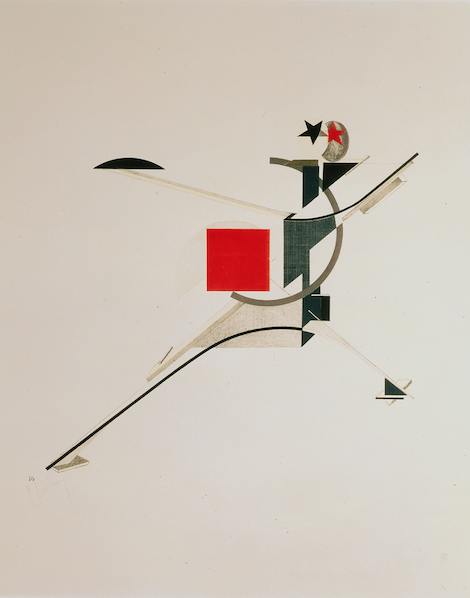
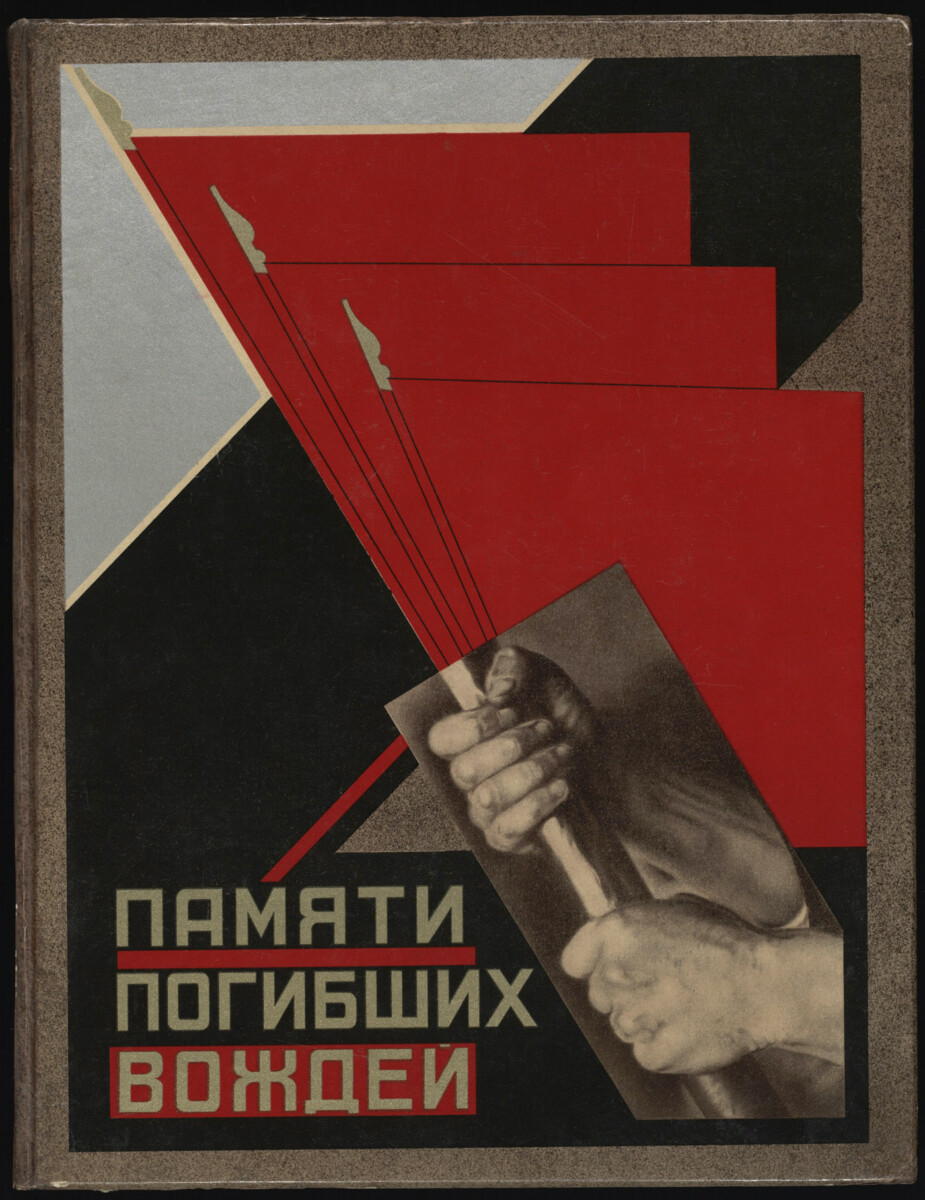
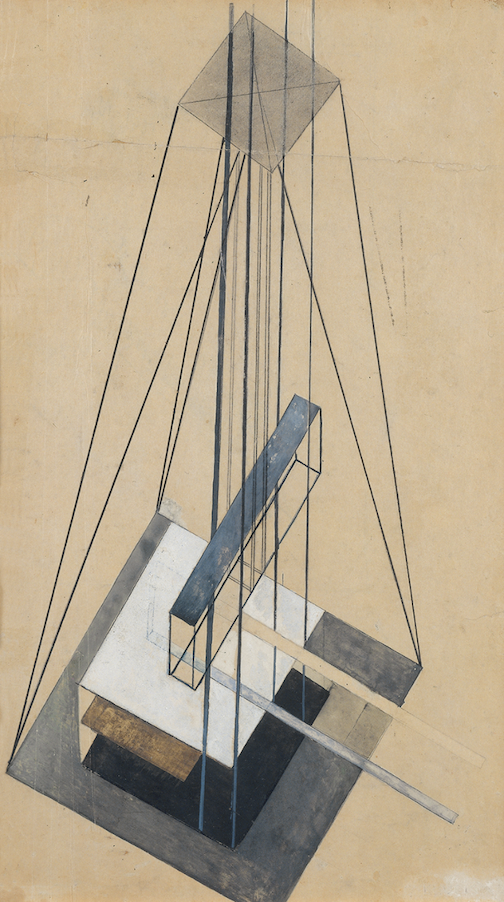

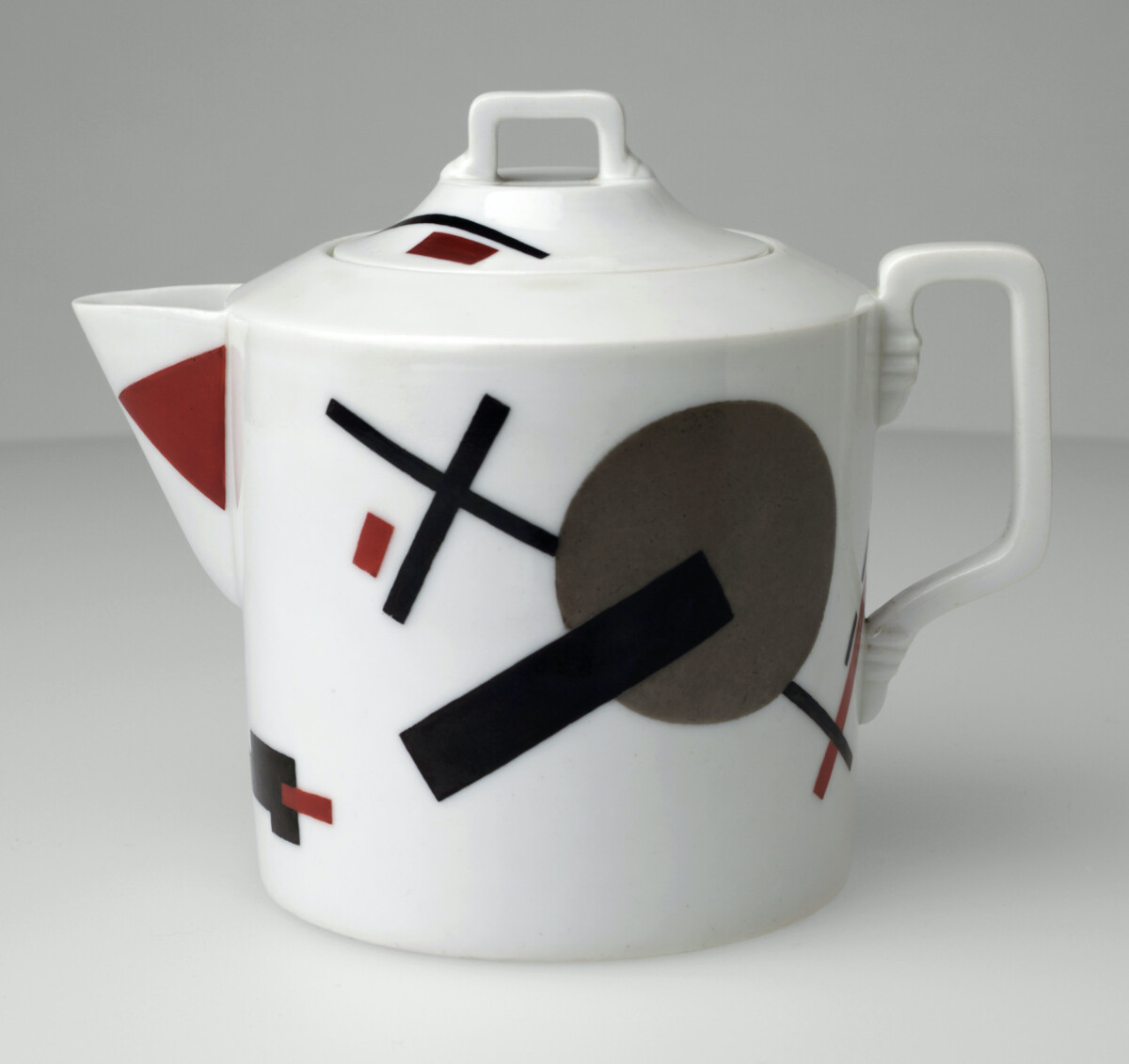




Leave a Reply